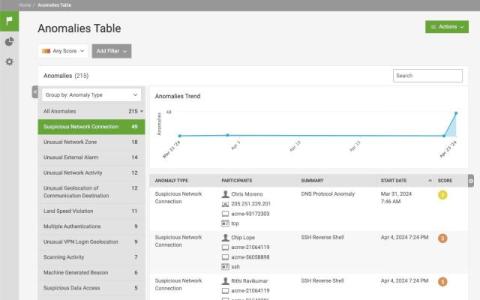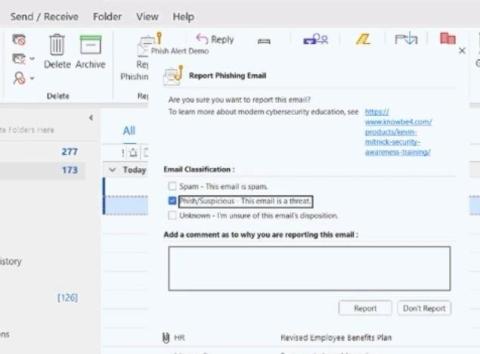A Primer on Idempotence for AWS Serverless Architecture
In programming, the term idempotence may sound like a complex and arcane concept reserved for mathematical discussions or computer science lectures. However, its relevance stretches far beyond academia. Idempotence, also called idempotency, is a fundamental principle that is pivotal in ensuring software systems’ predictability, reliability, and consistency.











